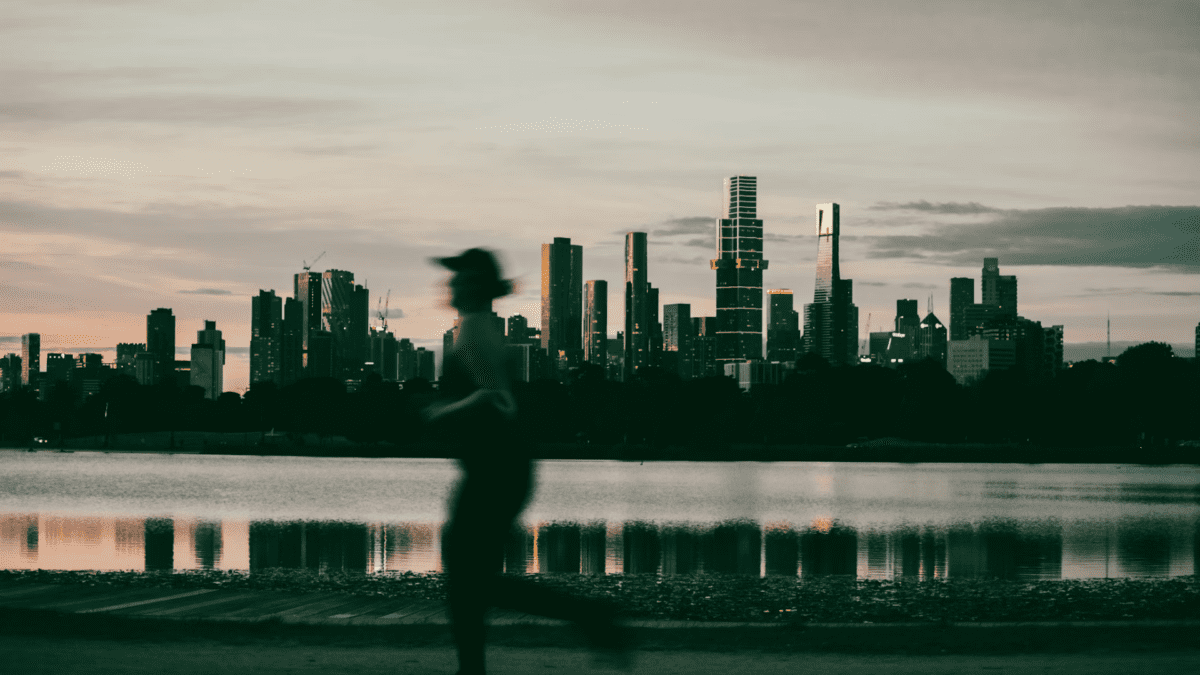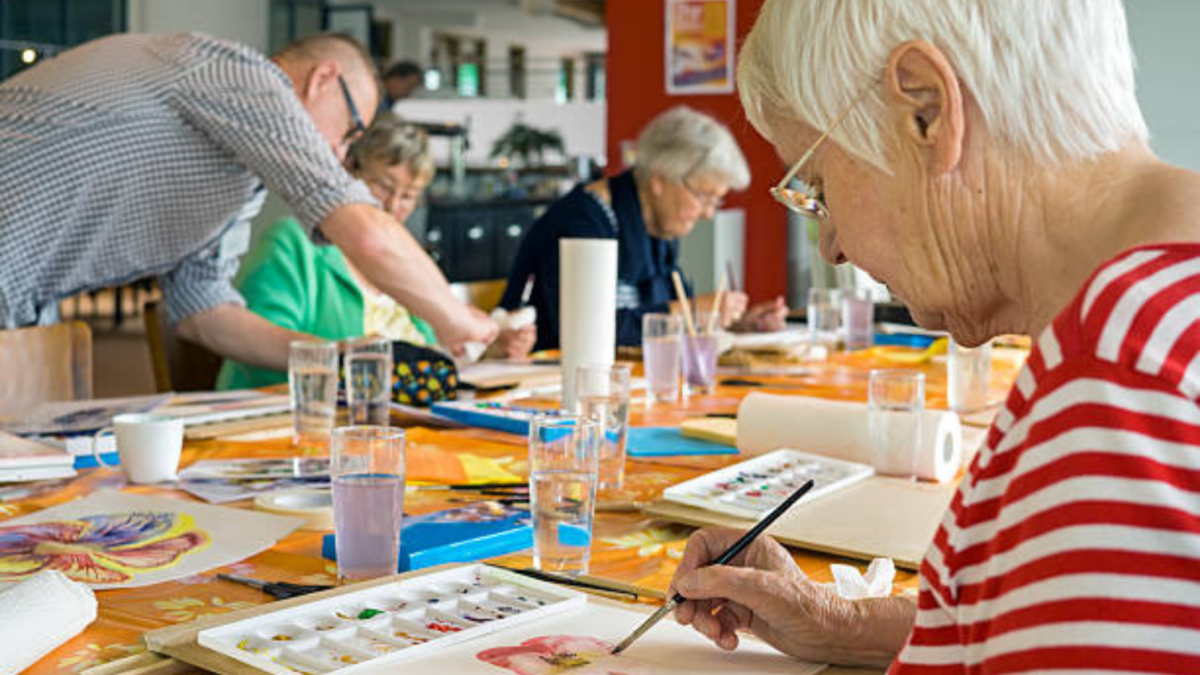Regular exercise is critical to retiree well-being
Staying healthy is important in retirement. Experts recommend that senior citizens incorporate at least 30 minutes of moderate-to-intense exercise into their daily routines for their overall well-being.
But many don’t. The Victorian Government-funded Better Health Channel says only four in 10 Australians aged 65 and over meet the physical activity guidelines, despite the fact this age group, more than any other, require adequate fitness levels to help them maintain independence, recover from illness and reduce the high risk of disease.
Fortunately, various studies show that it is never too late to get fit. The human body responds to exercise, no matter the age, and there are many health benefits.
But tread carefully. Many exercises that you might have jumped into in your younger years have a higher risk of injury for seniors. It’s often things that you don’t even think about, too.
For example, a loss of muscle mass can make it more difficult to maintain balance, making falls and fractures more likely. Your tendons also become drier and stiffer with age, making tears more likely.
Finally, injury recovery takes longer for seniors, meaning that a well-meaning exercise routine could end up in long periods of inactivity.
The good news is that there are plenty of fitness activities that do come with minimal risk, and here are five of the best options.
Getting out with nature: Going for a run (or a walk if you want to dial down the intensity) is not only an inexpensive form of exercise, but it’s a good one as it puts minimal stress on the body and carries low risk of injuries. For those who find walking uncomfortable, swimming is another choice that provides an excellent muscle workout while the water provides plenty of support.
Exercising the mind as well as the body: For those who prefer a more serene approach to fitness, Tai Chi and Pilates are great choices, and most places have group classes organised by senior community groups. These low-impact exercises promote flexibility, balance, muscle control and mindfulness – meaning that not only do they target and gently strengthen the areas where seniors are at most risk of injury, but you’ll walk away feeling refreshed and relaxed.
Strength training is a must: Maintaining muscle density is critical for senior citizens. Without training, your muscles weaken, and you’ll become more susceptible to injury. This doesn’t mean that you need to become a body builder. But having a gym membership and using the light weights a few times a week is a good and safe way to make sure you’re keeping your muscles in shape.
Dancing is better exercise than most realise: Dancing is a beautiful blend of exercise and art. It’s also very social, which makes it an ideal opportunity to get out of the house and meet your weekly exercise quota. Just how good is dancing as a form of exercise? Ballet burns more calories than cycling, and a swing dance or jive is better exercise than running or football. It just won’t feel like that because it’s so much fun.
Find the right competitive sports: Competitive sports are some of the most enjoyable ways of getting exercise. The additional incentive and challenge of competition can help you remain committed to learning and improving your skills, meaning that you’ll be training and exercising weekly, if not daily. Some sports are not great for senior citizens, though. Contact sports, in general, are not advisable. Instead, try taking up golf, which gives you a good walk, lawn bowls or croquet, which have high levels of skill involved without putting pressure on limbs, or tennis, which is moderate in intensity, but a good total workout without undue impact.
Remember, moderation in all things is the smart move. The last thing that you want is for an injury to sideline you from getting out there and enjoying your retirement. If you’re still struggling to understand what you’re going to be physically capable of and would enjoy, speak to your doctor, who will help you narrow down a shortlist of activities to try.









